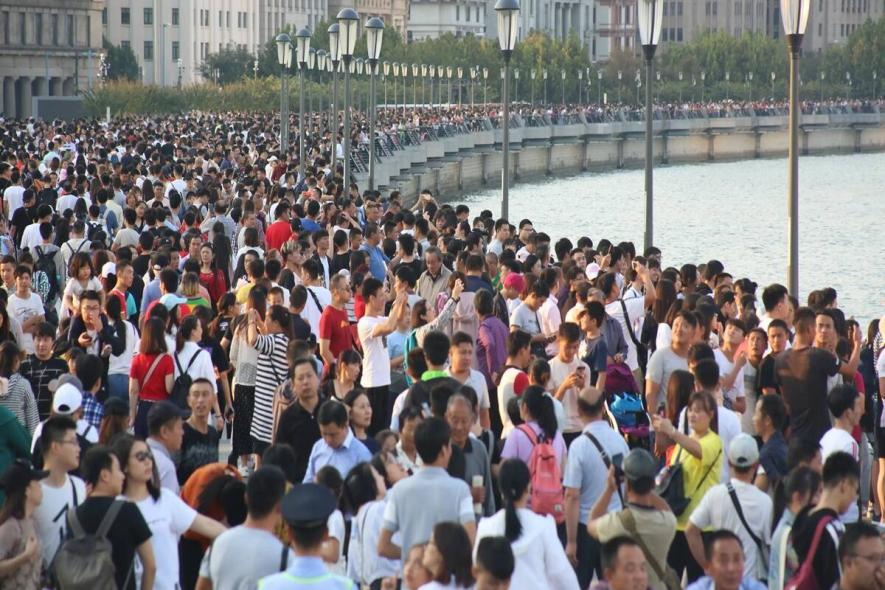China’s Population Grows Marginally to 1.412 Billion, May Begin Decline by 2022: Census

Image Courtesy: The Financial Express
Beijing: China's population grew by 0.53% to reach 1.41178 billion, up from 1.4 billion in 2019, keeping its status as the world’s most populous country but the numbers are expected to decline from early next year, leading to labour shortages and a fall in consumption levels in the second-largest economy.
According to the seventh national population census released by the Chinese government on Tuesday, China's population in all the 31 provinces, autonomous regions, and municipalities reached 1.41178 billion. The figures do not include Hong Kong and Macao.
Significantly, according to the data released by the National Bureau of Statistics (NBS), the new census figures reveal that the demographic crisis China faced was expected to deepen as the population above 60 years grew to 264 million, up by 18.7 per cent last year.
“The further ageing of the population imposed continued pressure on the long-term balanced development of the population in the coming period,” the NBS statement said.
The proportion of people aged between 15 and 59 was 894 million, down by 6.79 percentage points from that in the 2010 census.
It also highlights the declining trend of China’s working population reflecting on the impending decline in labour as well as consumption in the country, besides massive expenditure to take care of the ageing population.
The growth rate of the population was 0.53% annually on average in the 7th census conducted last year in comparison to 0.57% in the 6th census in 2010 and 1.07% in the fifth census held in 2000.
The highest growth of China’s population of 2.1% was registered in the census survey held in 1982 after which the population continued to decline at a steady pace, which officials blamed on the decades-old one-child policy pursued by the ruling Communist Party of China (CPC) to check the population growth and keep it under a manageable level.
"Data shows that China's population has continued to maintain slow growth in the past decade," said Ning Jizhe, head of the NBS. The birth rates continued to fall as Chinese mothers gave birth to 12 million babies last year, down from 14.65 million in 2019, marking a22% decline year on year.
The gender ratio of China's population also declined to 105.07 males to 100 females compared to 105.2 in 2010.
Last month, the NBS denied the Financial Times story that the population of the world’s second-largest economy fell last year, which would have been the first decline since 1961.
Chinese demographers said that the 7th national population census results revealing that China's population is not just declining but also its demographic structure is deteriorating with a growing aging population, will serve as an important reference for China's population and economic policy adjustment as well as plans to put off retirement, which may come in the next year or two, a report in the state-run Global Times said on Tuesday.
Get the latest reports & analysis with people's perspective on Protests, movements & deep analytical videos, discussions of the current affairs in your Telegram app. Subscribe to NewsClick's Telegram channel & get Real-Time updates on stories, as they get published on our website.



















